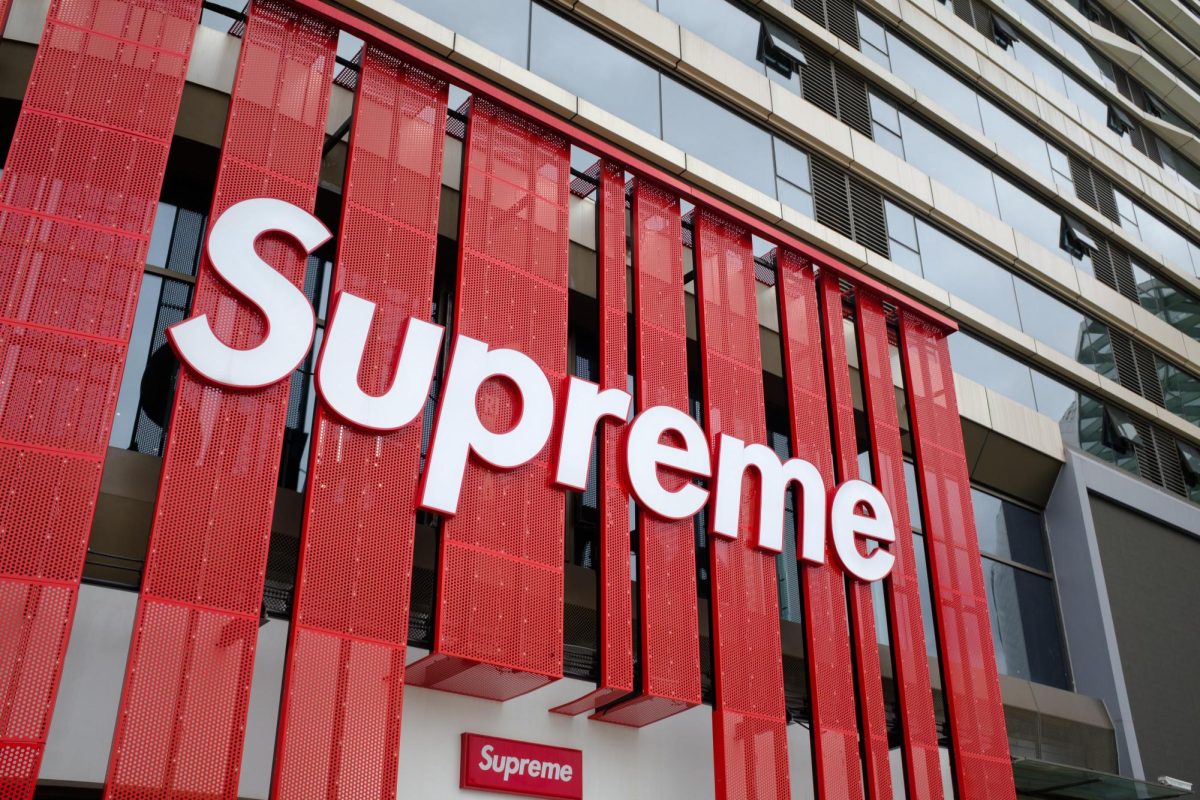The spacecraft, named Odysseus, takes its inspiration from the ancient Greek poem “Odyssey,” which tells the tale of a hero’s adventures. This choice reflects the grand nature of the mission similar to the epic journeys depicted in the poem.
On February 8, a robotic lunar lander named Odysseus embarked on a mission into space. If successful, on Feb. 22, it will mark the first time an American spacecraft has softly landed on the moon’s surface since the Apollo 17 mission in 1972 (stay tuned for a follow-up article covering this). Additionally, it could be the first privately funded mission to achieve this feat, following three previous failed attempts by American, Japanese, and Israeli entities. A successful landing by Odysseus could also signify a return for the US to the moon after over 50 years.
Intuitive Machines, the company behind this mission, has named its spacecraft design Nova-C (image above shows some details about it). It resembles a hexagonal cylinder with six landing legs, standing about 14 feet tall and 5 feet wide. At launch, it weighed approximately 4,200 pounds (about 1905.09 kg).
The launch occurred at 1:05 a.m. EST, with a SpaceX Falcon 9 rocket carrying Odysseus lifting off from NASA’s Kennedy Space Center in Florida. Intuitive Machines reported less than an hour later that the spacecraft successfully separated from the rocket’s second stage and activated itself. President and Chief Executive Stephen Altemus expressed confidence in the launch and the thorough testing conducted beforehand.
What does this mission mean for the future?
If private companies can accomplish lunar landings at a fraction of the cost of traditional NASA missions, it could pave the way for expanded lunar exploration by both NASA and commercial ventures. While NASA is the primary customer for this mission, paying Intuitive Machines $118 million for its payloads, the potential cost savings are significant compared to traditional missions, which can cost between $500 million to $1 billion.
Mr. Altemus acknowledged the challenges ahead, but he expressed confidence in the company’s readiness to overcome them and aid in the United States’ return to the moon after 52 years.
Odysseus is scheduled to land near a crater named Malapert A, about 185 miles from the south pole, due to its relatively flat terrain and ease of landing. The south polar region, particularly craters in perpetual shadow, is of interest due to the presence of water ice. After landing, Odysseus will operate for seven days until sunset, as it is not designed to withstand the lunar night’s frigid temperatures.
As part of NASA’s Commercial Lunar Payload Services program (CLPS), Odysseus aims to utilize commercial companies to send experiments to the moon, reducing costs and allowing for more frequent missions. This approach aligns with NASA’s Artemis program, which aims to return astronauts to the moon. The drive to reduce costs has spurred innovation at a quicker pace than previously seen at NASA. While there may be potential price increases for future missions, they are expected to remain more economical than traditional NASA endeavors.













